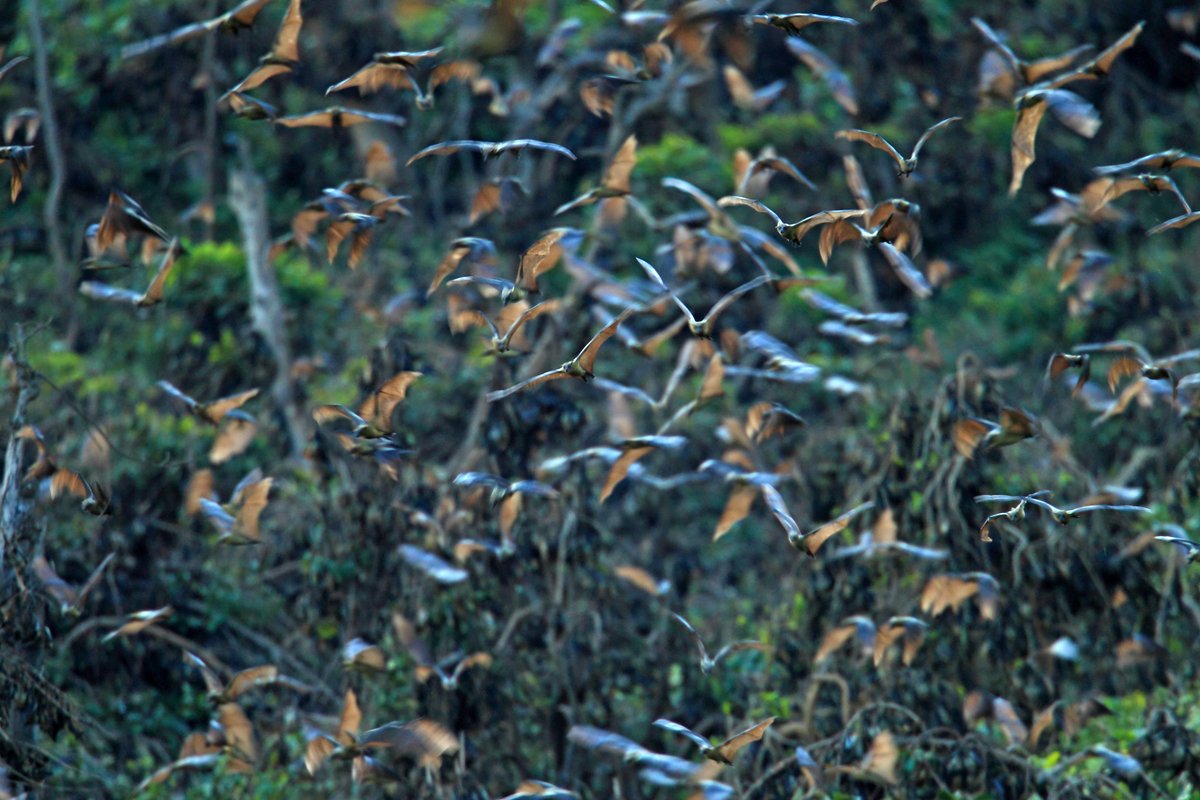
Copyright: Christian Ziegler, MPI-AB
Collective sensing over multiple scales during migration
Each year, billions of animals migrate to follow food, escape predators, or seek optimal climates. Migration research has largely focused on individuals, but movement decisions can be strongly influenced by social interactions. Using storks, bats, and locusts as model systems, CASCB biologists will address the role of social influence in migration.
Locusts
In this project, researchers are trying to better understand how Schistocerca gregaria desert locusts form groups and establish and maintain both cohesion and direction. To this end, a field team went to Kenya in 2020 to observe locust bands in the field and collected valuable footage of the moving bands in various conditions. This allowed them to reveal some specific characteristics of the moving collective which are being investigated using the field data and complementing them with controlled laboratory experiments using marching arenas and our VR system.
One of the current projects is focussing on state-dependent modulation of attention towards looming stimuli, and its investigation will comprise behavioural and electrophysiological brain measurements to unveil the underlying modulating processes.
Another project is focussing on the ability of locust groups to exploit food sources of different qualities and investigates individual trade-offs between social information gain and loss through competition and will be complemented with predicted outcomes obtained from modelling.
